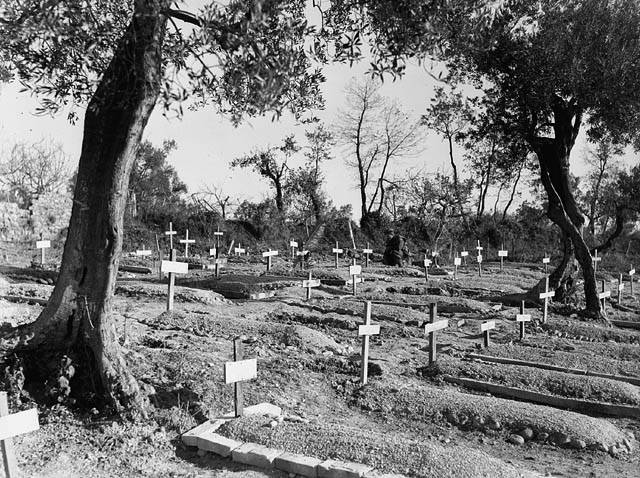Seventy-five years ago, in December 1943, Canadians were in the middle of one of the fiercest and bloodiest battles of the Second World War – the Battle of Moro River/Ortona in Italy.
By the time the fighting was over at the end of December, the Canadians had suffered more than 2,300 casualties with 1,375 losing their lives.
The Allied forces, including Canadians, had successfully invaded Sicily in July 1943.
They had then proceeded steadily up the Italian ‘boot’. However, German resistance increasingly stiffened, particularly as the Allies approached the strong defensive position known as the Gustav Line.
In November 1943, Major General Bernard Montgomery of the British Eighth Army, led a major push up the Adriatic coast.
The assault group, which was mainly composed of British, New Zealand and Indian troops, was able to successfully advance northwards from the Sangro River towards the Moro.
However, the success came with heavy casualties.
Hence, at the beginning of December, the 1st Canadian Infantry Division and 1st Canadian Armoured Brigade were brought in to replace the exhausted troops.
On the night of Dec. 5th/6th, the Canadians began the push across the Moro River.
While the Princess Patricia’s Canadian Light Infantry (P.P.C.L.I.) had early success, the German resistance was fierce. The Canadians were therefore unable to secure a firm bridgehead across the river until Dec. 9th.
Fierce fighting and slow progress continued.
A deep and heavily defended gully became a huge obstacle. Very wet and cold weather made the advance even more difficult. The terrain became a muddy morass, reminiscent of the grim No Man’s Land experienced on the Western Front during the First World War.
Finally, the Canadians were able to outflank the heavy German defences with incredible skill and courage. Captain Paul Triquet of the Royal 22nd Regiment (the Van Doos) received the Victoria Cross for the valour he demonstrated during this heavy fighting.
The Canadians were now close to the edge of the seaside port of Ortona. The 2nd Infantry Brigade, which included the Loyal Edmonton Regiment, the Seaforth Highlanders, and the Three Rivers Tank Regiment, as well as the P.P.C.L.I., led the assault into Ortona. The 3rd Brigade was used to try and outflank the German defences to the north. However, progress was very slow.
The Germans were well entrenched in Ortona, with a series of interlocking machine gun and anti-tank emplacements throughout the town.
Huge piles of rubble were created, both by the heavy fighting and by the Germans deliberately blowing up houses. This rubble helped to block the advance of the tanks and thereby necessitated heavy street fighting and frequent hand-to-hand combat.
The Canadians resorted to a tactic known as ‘mouseholing’. Openings were blasted through the walls of the upper floors of adjacent buildings. The Canadians would then fight their way down to the lower floors.
The combat was incredibly fierce.
Casualties were enormous. Often soldiers of both sides were killed/trapped by the debris of the collapsing buildings.
Fighting raged on through Christmas. Finally, after eight days of incredible combat, the exhausted and depleted Germans pulled out of the town. The Canadians had won a great victory, but at an enormous cost. The month of fighting became known as Bloody December, while some referred to the fighting in Ortona itself as the ‘Italian Stalingrad’.
According to the local newspapers, at least four men from Red Deer and surrounding district were wounded during Bloody December. They included William Brodie and Stan Farewell of Blackfalds, Fred Olynyk of the Clearview district southeast of the City, and Baden Whiteside of the Penhold area.
Whiteside was a veteran of the First World War who had served in the 15 Light Horse and then the 49th Edmonton Battalion.
During the Second World War, he lied about his age so he could see service overseas again. He was serving with the Loyal Edmonton Regiment when he was wounded. Fortunately, he was eventually able to return home and passed away in Calgary in 1980.



